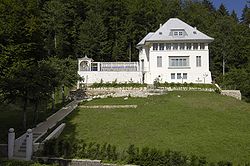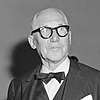
Charles-Édouard Jeanneret, known as Le Corbusier, was a Swiss-French architect, designer, painter, urban planner, writer, and one of the pioneers of what is now regarded as modern architecture. He was born in Switzerland and became a French citizen in 1930. His career spanned five decades, and he designed buildings in Europe, Japan, India, and North and South America.
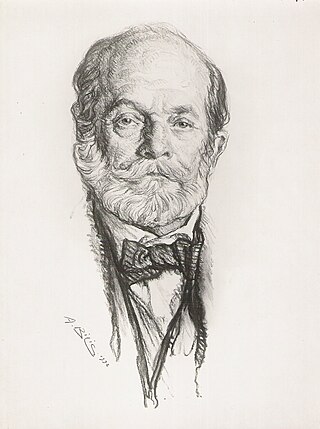
Auguste Perret was a French architect and a pioneer of the architectural use of reinforced concrete. His major works include the Théâtre des Champs-Élysées, the first Art Deco building in Paris; the Church of Notre-Dame du Raincy (1922–23); the Mobilier National in Paris (1937); and the French Economic, Social and Environmental Council building in Paris (1937–39). After World War II he designed a group of buildings in the centre of the port city of Le Havre, including St. Joseph's Church, Le Havre, to replace buildings destroyed by bombing during World War II. His reconstruction of the city is now a World Heritage Site for its exceptional urban planning and architecture.

Amédée Ozenfant was a French cubist painter and writer. Together with Charles-Edouard Jeanneret he founded the Purist movement.

La Chaux-de-Fonds is a Swiss city in the canton of Neuchâtel. It is located in the Jura mountains at an altitude of 1000 m, a few kilometers south of the French border. After Geneva, Lausanne and Fribourg, it is the fourth largest city located in the Romandie, the French-speaking part of the country, with a population of 36,915.
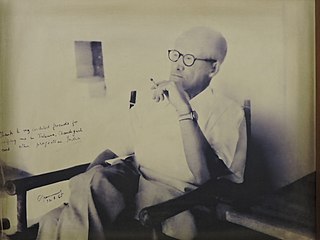
Pierre Jeanneret was a Swiss architect who collaborated with his cousin, Charles-Édouard Jeanneret, for about twenty years.

Charlotte Perriand was a French architect and designer. Her work aimed to create functional living spaces in the belief that better design helps in creating a better society. In her article "L'Art de Vivre" from 1981 she states "The extension of the art of dwelling is the art of living — living in harmony with man's deepest drives and with his adopted or fabricated environment." Charlotte liked to take her time in a space before starting the design process. In Perriand's Autobiography, "Charlotte Perriand: A Life of Creation", she states: "I like being alone when I visit a country or historic site. I like being bathed in its atmosphere, feeling in direct contact with the place without the intrusion of a third party." Her approach to design includes taking in the site and appreciating it for what it is. Perriand felt she connected with any site she was working with or just visiting she enjoyed the living things and would reminisce on a site that was presumed dead.
Villa Jeanneret and Villa La Roche are two houses in Paris, designed by Le Corbusier and Pierre Jeanneret in 1923-1925 and renovated by Charlotte Perriand in 1928. No longer inhabited, they house the Fondation Le Corbusier museum and archives. They are located at 8-10 square du Docteur-Blanche, 16th arrondissement, Paris. Villa Jeanneret is not open to the public.

Maisons Jaoul are a celebrated pair of houses in the upmarket Paris suburb of Neuilly-sur-Seine, designed by Le Corbusier and built in 1954–56. They are among his most important post-war buildings and feature a rugged aesthetic of unpainted cast concrete "béton brut" and roughly detailed brickwork.
H. Allen Brooks was an architectural historian and longtime professor at the University of Toronto. Brooks wrote on Frank Lloyd Wright and the Prairie School and on the early years of Le Corbusier.

Charles L'Éplattenier (1874–1946) was a Swiss painter and architect who created the Swiss version of Art Nouveau, called Style Sapin.
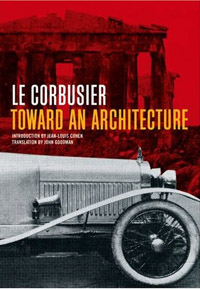
Vers une architecture, recently translated into English as Toward an Architecture but commonly known as Towards a New Architecture after the 1927 translation by Frederick Etchells, is a collection of essays written by Le Corbusier, advocating for and exploring the concept of modern architecture. The book has had a lasting effect on the architectural profession, serving as the manifesto for a generation of architects, a subject of hatred for others, and unquestionably an important work of architectural theory. The architectural historian Reyner Banham wrote that its influence was "beyond that of any other architectural work published in this [20th] century to date", and that unparalleled influence has continued, unabated, into the 21st century.
Fondation Le Corbusier is a private foundation and archive honoring the work of architect Le Corbusier. It operates Maison La Roche, a museum located in the 16th arrondissement at 8-10, square du Dr Blanche, Paris, France, which is open daily except Sunday. The Maison La Roche was temporarily closed for renovation in 2008–2009.

Tim Benton is Professor Emeritus in the History of Art at the Open University in the UK as well as a writer and broadcaster. He has also taught at Columbia University, Williams College, and École Polytechnique Fédérale de Lausanne. He has written extensively on the modernist architect Le Corbusier. A large collection of photographs by Tim Benton is held in the Courtauld Institute of Art's Conway Library archive, which is currently undergoing a digitisation project.

Villa La Roche, also Maison La Roche, is a house in Paris, designed by Le Corbusier and his cousin Pierre Jeanneret in 1923–1925. It was designed for Raoul La Roche, a Swiss banker from Basel and collector of avant-garde art. Villa La Roche now houses the Fondation Le Corbusier.
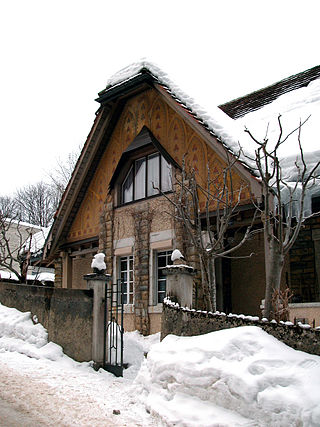
Villa Fallet is a traditional chalet located in La Chaux-de-Fonds, Switzerland designed and built by the eighteen-year-old Charles-Édouard Jeanneret (1887–1965), who later became better known as Le Corbusier. Jeanneret was teaching himself architecture by going to the library to read about architecture and philosophy, by visiting museums, by sketching buildings, and by constructing them. In 1905, he and two other students, under the supervision of their teacher, René Chapallaz, designed and built his first house, the Villa Fallet, for the engraver Louis Fallet, a friend of another of his teachers, Charles l'Eplattenier. The house is in the Style Sapin, the Swiss variant of Art Nouveau.
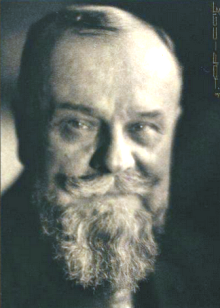
Charles Plumet was a French architect, decorator and ceramist.
The architecture of Switzerland was influenced by its location astride major trade routes, along with diverse architectural traditions of the four national languages. Romans and later Italians brought their monumental and vernacular architecture north over the Alps, meeting the Germanic and German styles coming south and French influences coming east. Additionally, Swiss mercenary service brought architectural elements from other lands back to Switzerland. All the major styles including ancient Roman, Romanesque, Gothic, Renaissance, Baroque, Neoclassical, Art Nouveau, Modern architecture and Post Modern are well represented throughout the country. The founding of the Congrès International d'Architecture Moderne in La Sarraz and the work of Swiss-born modern architects such as Le Corbusier helped spread Modern architecture throughout the world.
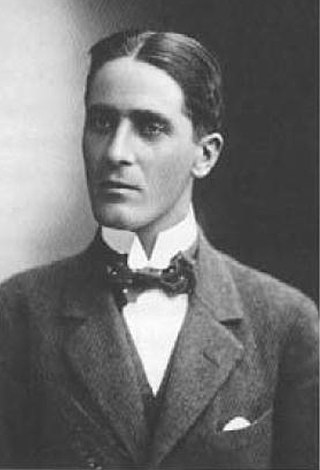
Raoul Albert La Roche was a Swiss banker and art collector. He was especially interested in purism and cubism and his collections have been donated to museums in Switzerland and France. His home in Paris, Maison La Roche, was designed by his friend Le Corbusier and now houses the Le Corbusier Foundation.

The Villa Le Lac, also known as the Villa "Le Lac" Le Corbusier, is a residential building on Lake Geneva in Corseaux, Canton of Vaud, Switzerland, designed by Swiss architects and cousins Le Corbusier and Pierre Jeanneret between 1923 and 1924 for Le Corbusier's parents. It is an example of residential Modern architecture and showcases three of Le Corbusier's Five Points of Architecture. The building is a designated Swiss Cultural Property of National Significance and was added to the UNESCO World Heritage List in 2016.

The style sapin, or pine tree style, is a variation of Art Nouveau created in La Chaux-de-Fonds, Switzerland, by the Swiss artist Charles L'Eplattenier (1874–1946), a professor of the school of art and design in that town. The basic principle taught by L'Eplattenier was that art should be inspired by nature, in this case by the pine trees that covered the Jura Mountains around the town.
